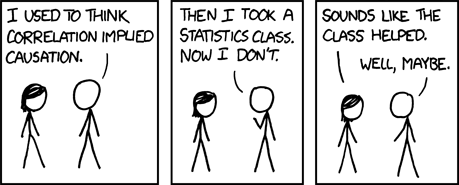Freeman Dyson’s death is a little like the death of the last member of a rare species, only he didn’t even belong to a species, he was a one-off individual, he was singular. The point is, the world is a less interesting place now.
I wrote two posts about him; one was about his astonishingly varied interests; this post is about his one-off-ness and first ran on January 24, 2011.
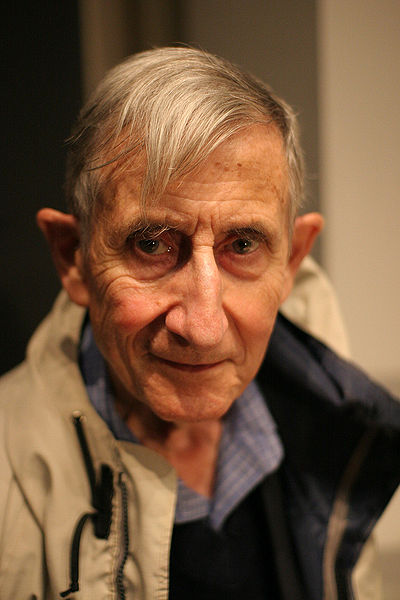
What an odd-looking person this Freeman Dyson is. His nose is long, his ears stick out, his smile is tentatively friendly, but what to make of those eyes?
Dyson is hard to describe: he’s not like anyone you’ve met before and whatever he says is not what you’ll expect him to say. He’s spent his career and so far, his retirement, in one of the most intellectually-rarified places on the planet, the Institute for Advanced Study. But he doesn’t have a PhD – he says that doctoral students end up middle-aged, over-specialized, trapped, discouraged, and mentally deranged; and not having a PhD is “a badge of honor.” He’s extremely smart and the few people smart enough to understand just how smart he is, are generally in awe of his intelligence. His manners are exquisite and never fail; in conversations he’s omnivorously interested and listens with a sort of stunned joy, surely this person is about to say something delightfully original.
He is the subject of profile after profile after profile, some startlingly good. One of the latest is in The Atlantic, and I’d like to suggest it’s incomplete – an easy shot since every profile is by nature incomplete. But still.
Continue reading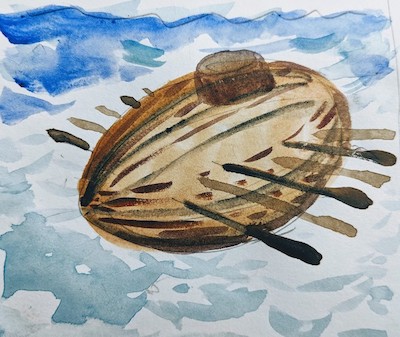

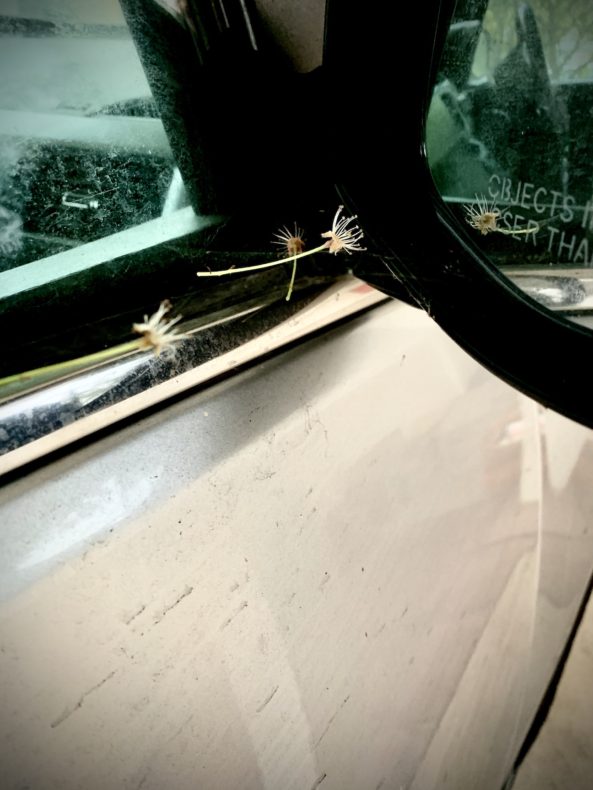
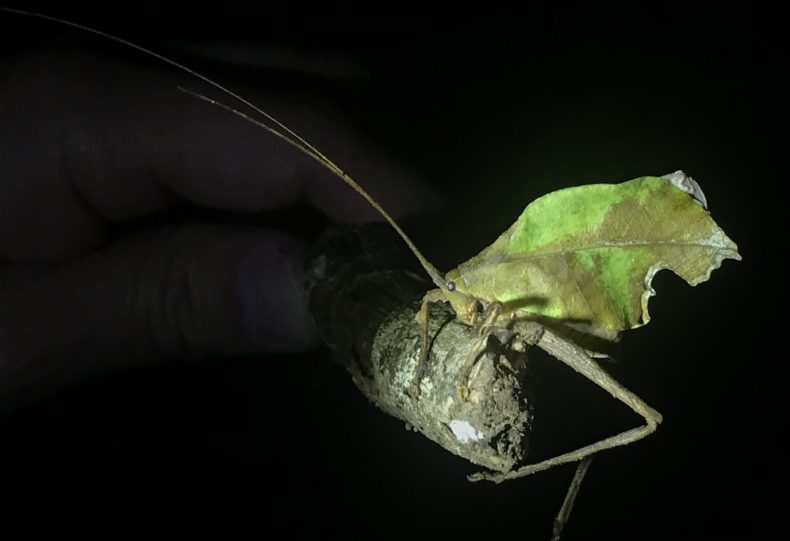

 Gosh darn it, right now I have so many big questions about what’s happening in the world, and there seem to be so few good answers that it makes me want to shut down and hide under the bed. Not to sound negative. But I think you’re right there with me, yes?
Gosh darn it, right now I have so many big questions about what’s happening in the world, and there seem to be so few good answers that it makes me want to shut down and hide under the bed. Not to sound negative. But I think you’re right there with me, yes?